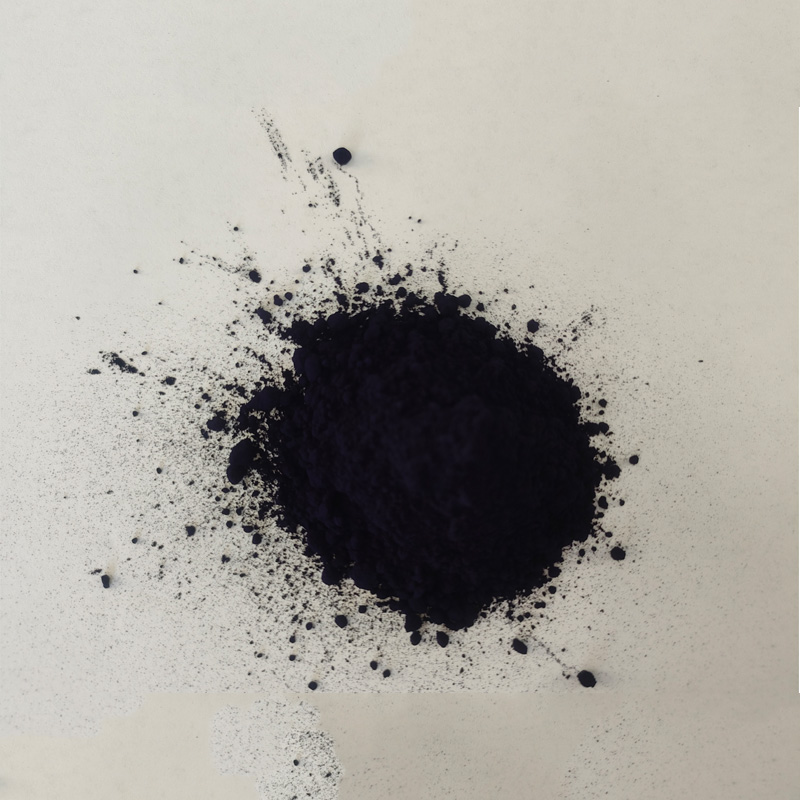Exploring the Benefits and Uses of Indigo Powder Dye for Crafts and Textiles
The Vibrant World of Indigo Powder Dye Products
Indigo powder, derived from the leaves of the Indigofera plant, has a rich history and cultural significance that spans centuries and continents. Revered for its deep blue hue, indigo dye has been a vital component in textile dyeing since ancient times, particularly in countries like India, Japan, and West Africa. Today, the craft of indigo dyeing has seen a resurgence in popularity, with a growing interest in sustainable and natural dyeing methods. This article explores the various aspects of indigo powder dye products, their applications, benefits, and the cultural heritage surrounding them.
The Process of Indigo Dyeing
Indigo dyeing is unique due to its resist dyeing technique, which involves a fermentation process. Unlike other dyes that dissolve in water, indigo needs to go through a reduction process. Leaves from the Indigofera plant are harvested and soaked in water, allowing the natural enzymes to ferment. This fermentation reduces the indigo compound to a soluble form, which can then be used to dye fabrics. The dyed fabric changes color as it is exposed to air, transitioning from a yellow-green to a rich blue. The depth of color can be manipulated by varying the number of dye baths and the duration of exposure, which adds to the artistic element of the process.
Applications of Indigo Powder
Indigo powder is not only valued for its use in traditional textile dyeing but has also found a place in modern fashion and art. Designers and artisans utilize indigo for various products including garments, accessories, and home décor items. From hand-woven scarves to contemporary clothing lines, the versatility of indigo powder allows it to transcend trends, appealing to both traditional and modern sensibilities. Additionally, indigo is commonly used in batik and shibori techniques, where intricate patterns are created through different resist methods.
Beyond the realm of fashion, indigo powder is gaining attention in arts and crafts. Artists use indigo to create stunning paintings, eco-prints, and textile art that evoke feelings of nostalgia and connection to nature. In educational settings, workshops focused on indigo dyeing have become popular, engaging participants in hands-on creativity while teaching them about sustainability and natural dyeing processes.
indigo powder dye products

Environmental and Health Benefits
The resurgence of interest in indigo powder dye products also aligns with a growing desire for sustainable practices. Unlike synthetic dyes, which can contain toxic chemicals, indigo dye is non-toxic and environmentally friendly when sourced from natural plants. As consumers become more aware of the environmental impact of fast fashion and synthetic dyeing processes, natural indigo emerges as an attractive alternative.
Moreover, the production of indigo can contribute to sustainable agriculture. When grown in rotation with other crops, the Indigofera plant enriches the soil and supports biodiversity. This sustainable approach not only benefits the environment but also empowers local communities engaged in indigo farming and dyeing traditions.
Cultural Heritage and Preservation
Indigo dyeing is steeped in cultural traditions, with each region showcasing unique methods and patterns. For example, Japan’s indigo-dyed fabric, known as Bamboo Blue, features intricate patterns that reflect its rich artisanal history. Similarly, West African indigo textiles are renowned for their bold designs and vibrant colors. This craft is not merely a business; it is a way of life that connects generations and preserves cultural identities.
In conclusion, the vibrant world of indigo powder dye products offers a gateway into a historical and cultural legacy while promoting sustainable practices and creative expression. As we continue to embrace natural materials and methods, indigo powder stands as a testament to the beauty of tradition and the importance of nurturing our planet. Whether in fashion, art, or home décor, the deep blue hues of indigo are sure to leave a lasting impression on all who experience them.
-
The Timeless Art of Denim Indigo Dye
NewsJul.01,2025
-
The Rise of Sulfur Dyed Denim
NewsJul.01,2025
-
The Rich Revival of the Best Indigo Dye
NewsJul.01,2025
-
The Enduring Strength of Sulphur Black
NewsJul.01,2025
-
The Ancient Art of Chinese Indigo Dye
NewsJul.01,2025
-
Industry Power of Indigo
NewsJul.01,2025
-
Black Sulfur is Leading the Next Wave
NewsJul.01,2025

Sulphur Black
1.Name: sulphur black; Sulfur Black; Sulphur Black 1;
2.Structure formula:
3.Molecule formula: C6H4N2O5
4.CAS No.: 1326-82-5
5.HS code: 32041911
6.Product specification:Appearance:black phosphorus flakes; black liquid

Bromo Indigo; Vat Bromo-Indigo; C.I.Vat Blue 5
1.Name: Bromo indigo; Vat bromo-indigo; C.I.Vat blue 5;
2.Structure formula:
3.Molecule formula: C16H6Br4N2O2
4.CAS No.: 2475-31-2
5.HS code: 3204151000 6.Major usage and instruction: Be mainly used to dye cotton fabrics.

Indigo Blue Vat Blue
1.Name: indigo blue,vat blue 1,
2.Structure formula:
3.Molecule formula: C16H10N2O2
4.. CAS No.: 482-89-3
5.Molecule weight: 262.62
6.HS code: 3204151000
7.Major usage and instruction: Be mainly used to dye cotton fabrics.

